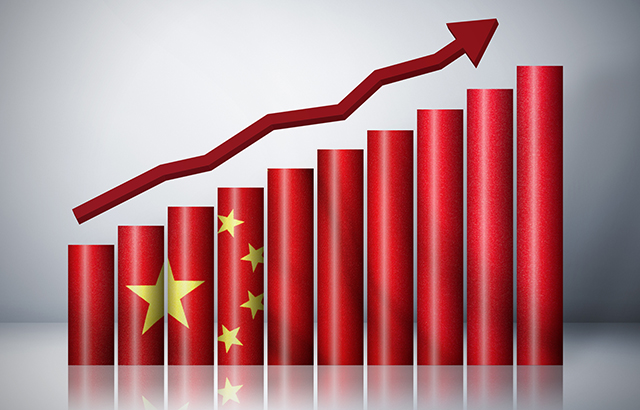“The [announcement of] Shenzhen-Hong Kong Stock Connect and the opening up of China’s Interbank Bond Market have triggered more interest in China recently,” said Ricky Tang, multi-asset product manager whose team is managing this fund. He spoke at a media briefing in Hong Kong yesterday.
The fund’s target allocation includes 52% in equities of Chinese companies, all in offshore markets. The aim is to “capture the capital growth potential of the new economy of China”, according to the fund brochure. For fixed income, 43% will be allocated to both on and offshore paper.
“We have a preference for equities,” Tang said. “The valuation of China’s overall bond market is in general expensive, and generally valuations of equities are still attractive as they are lower than the 10-year average,” he noted.
He explained that the fund does hold some physical A-shares, “but we are hedging the market risks using futures. We like the stocks, but we don’t like the market risks”.
Looking at fixed income allocation, about 11% will invest in onshore bonds, mainly government bonds for diversification purposes. Tang said the bonds act as a safehaven with yield still standing relatively high at around 3%.
“We are already seeing some inflow from foreign investors who are quality buyers into China’s government bond market,” said Angus Hui, Asian fixed income fund manager.
Commenting on the yield, which the firm expects will be offset by currency depreciation “at a mild pace”, Hui noted that sometimes hedging is effective.
“Yes the hedging costs can be very volatile, and sometimes it might not make sense. It depends on the situation.”
Still, Schroders is exploring whether to use the new initiative to trade in the CIBM. In May, authorities announced new rules that expand access to overseas institutional investors without quota restriction.
“It is still a new mechanism and we are looking at the details,” Hui said.
____________________________________________________________________________
Investor sentiment toward China stocks and bonds appears to be improving, but recently the IMF issued a strong warning that China’s reforms need to better address “critical areas”.
The MSCI China index (in USD) showed a stronger pick up since February this year, although it lagged the MSCI All Country World index in terms of the three-year performance, according to FE data.

China’s mid-term government bonds have lower performance than the US or Europe but they tend to have higher yield. While the US may have a modest rate hike this year, rates are still expected to remain low for long. Several Eurozone countries are yielding negative.






